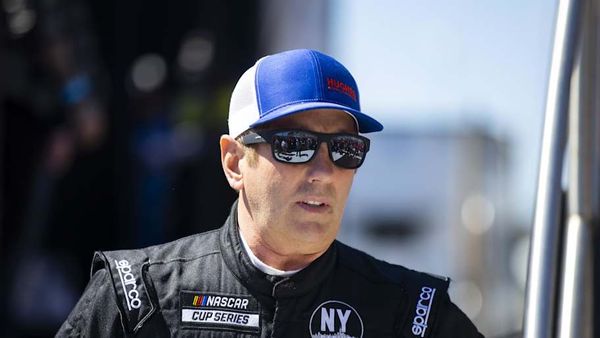
Red diamonds are some of the rarest gems on the planet: only 24 stones of more than one carat (200 milligrams) have been publicly recorded.
Now, one of the finest red diamonds – the Winston Red – has gone on public display at the Smithsonian National Museum of Natural History in Washington DC.
The special stone was donated to the museum in December 2023 by Ronald Winston, son of the late American jeweller Harry Winston, and new analysis has revealed what gives it its intense red hue and where it probably came from.
Gemologists and researchers probed this rare gem using a variety of imaging techniques and their results, published in Gems and Gemology, show that the diamond contains a special type of nitrogen and is made up from a deformed crystal lattice of tightly stacked pink to red layers.
The incredibly intense heat and pressure conditions needed to produce these features are unusual and help to explain why brilliant crimson diamonds like the Winston Red are so very rare.
The earliest record of this splendid gem is from 1938, when Jacques Cartier sold the stone to the Indian maharajah of Nawanagar.
This date, along with the chemical and structural makeup of the gem and the way it had been cut, have helped to narrow down the most likely birthplace to mines in Brazil or Venezuela.







